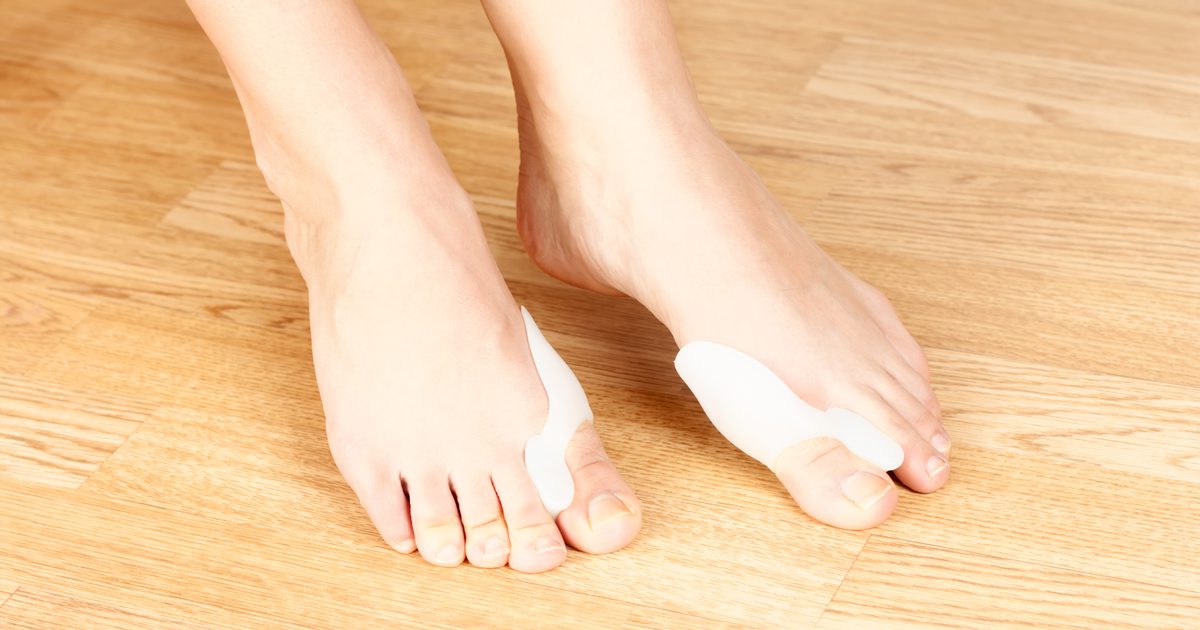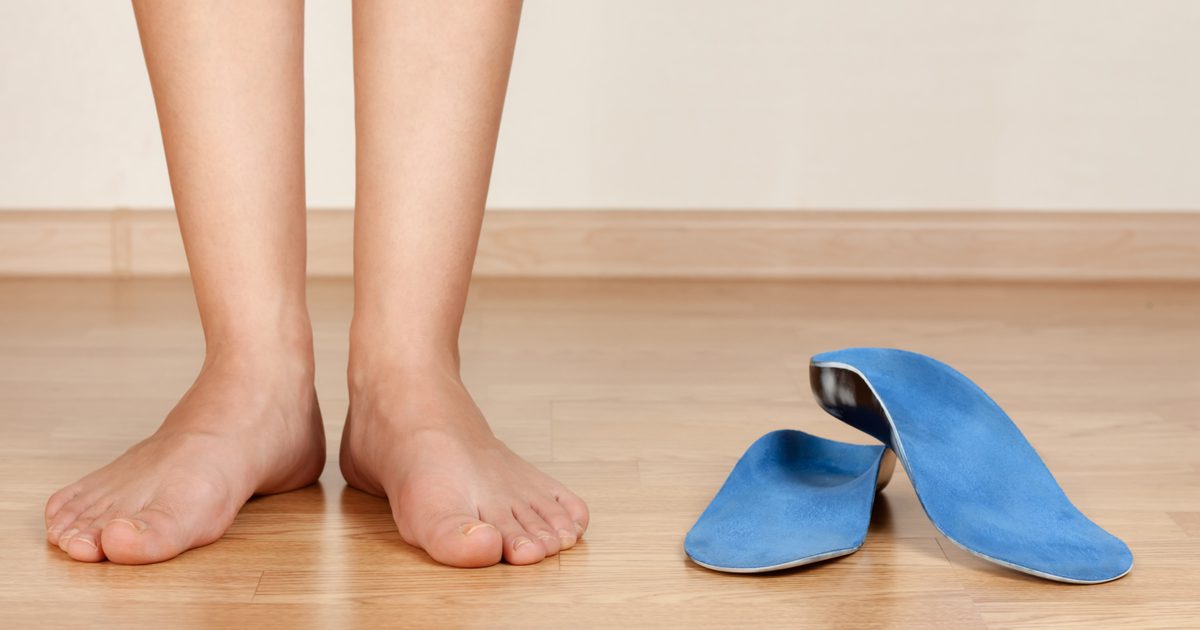How To Easily Treat And Prevent Bunions
Bunions are lumps of bone that grow near the base of the big toe. This common condition, also known as hallux valgus, affects more than three million Americans each year. Women are more likely to be affected than men, and the risk of bunions increases with age. In addition to bunions affecting the big toe, a less common type of bunion, the bunionette or 'tailor's bunion,' occurs when a bony growth forms on the outside of the little toe. Bunions develop over several years and are considered a chronic condition. They can be caused by inherited structural abnormalities of the foot and by diseases such as arthritis, as well as from stress placed on the foot.
The bony growths can compromise normal foot function and make walking difficult, leading affected individuals to adopt a more sedentary lifestyle and stop exercising, adversely impacting the patient's quality of life. Bunions usually cause complications within the foot itself, including corns, calluses, ingrown toenails, bursitis, and pain in the ball of the foot.
Let's investigate some treatments that may help resolve bunions.
Bunion Pads

Since bunions are a gradual and progressive condition, bunion pads are often helpful in the early stages of this orthopedic problem. One of the most conservative treatments available, these pads are sold at grocery stores and pharmacies and can also be found at shoe stores. Bunion pads work by providing a cushion for the bunion itself and alleviating pressure on it and the surrounding toes. Both moleskin and gel cushion devices are available for bunions. The pads should be wrapped around the bunion and may need to be secured with bandages or tape for extra support. When using bunion pads, ensure there is sufficient space for the pad inside the shoe to avoid placing additional strain on the toes.
Continue reading to reveal more treatments for bunions now.
Inserts For Shoes

A variety of orthotic inserts for shoes are available over the counter at the drugstore and through a doctor's recommendation. Gel and memory foam are some of the materials most commonly used in these inserts. Orthotic inserts function in a similar way to bunion pads, providing cushioning and pressure relief. While pads just support the bunion, inserts support the whole foot and take up the entire shoe, offering relief over a larger surface area than pads. When using inserts, it is important to try several different kinds to see which ones provide the most cushioning and symptom relief. Even some inserts not specifically marketed for bunion pain may be helpful for individual patients.
If over-the-counter inserts do not provide adequate relief, podiatrists and other orthopedic specialists can make customized semisoft orthoses (footwear inserts) that will reduce pressure and realign the foot so it is in a more comfortable position. These specialist inserts may help prevent worsening of bunions by maintaining the foot in its anatomically correct alignment for walking. Some shoe inserts also include toe spacers to keep each toe in its correct position. Special splints are available specifically for use at night, and these can help in elevating the foot and in pain relief.
Get to know more about treating bunions now.
